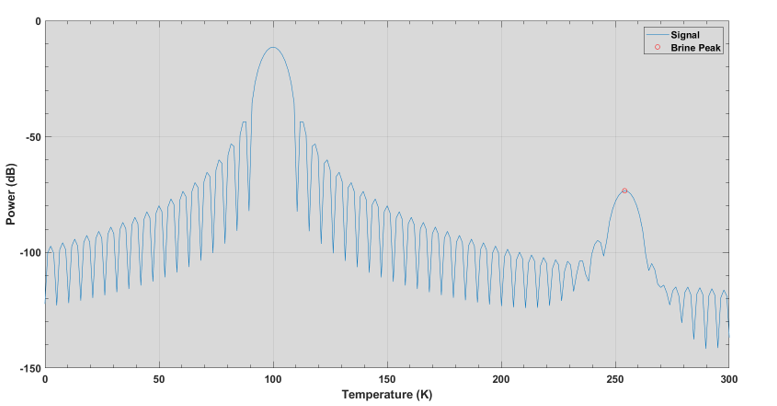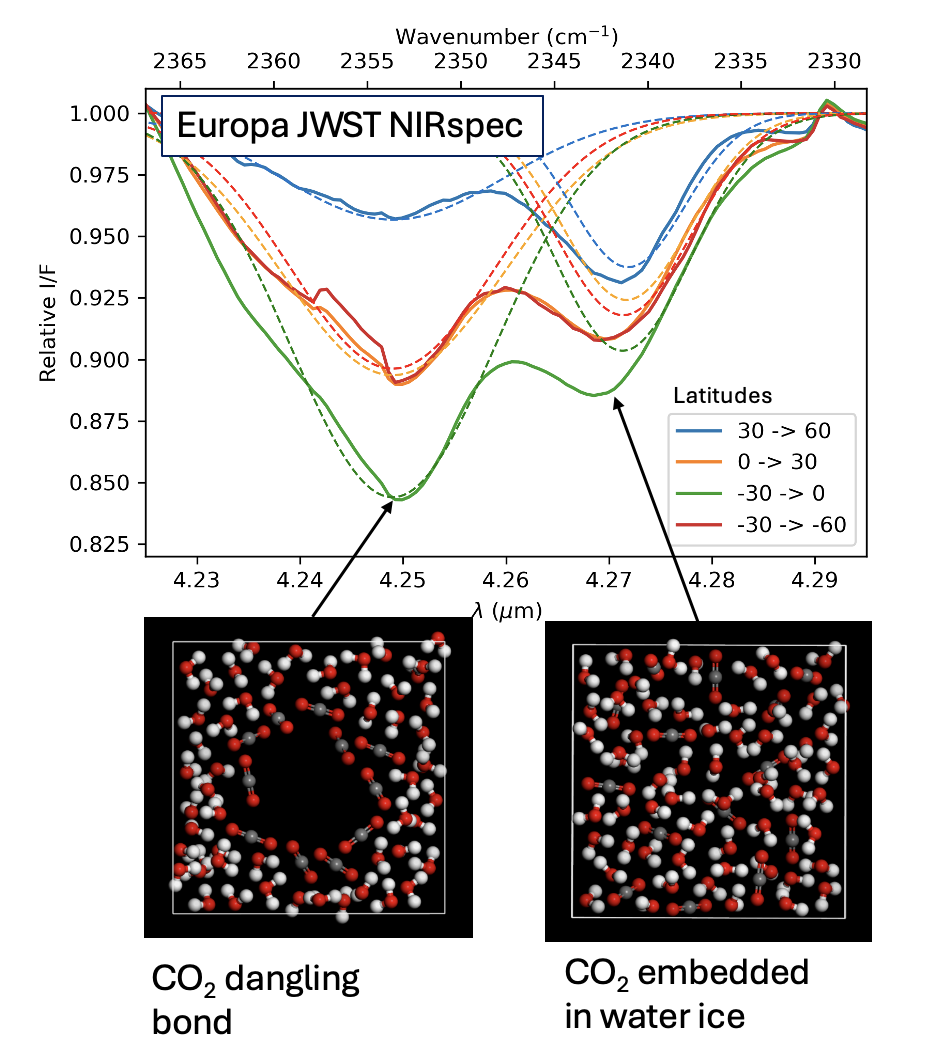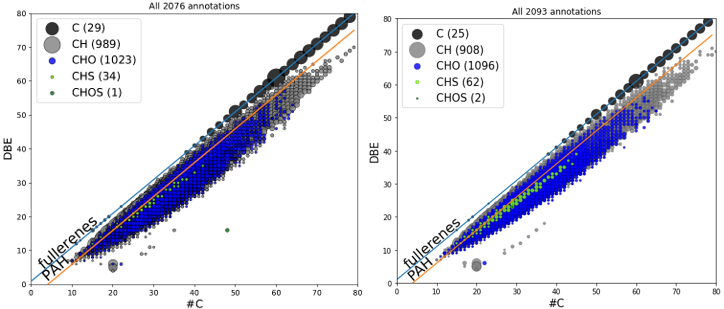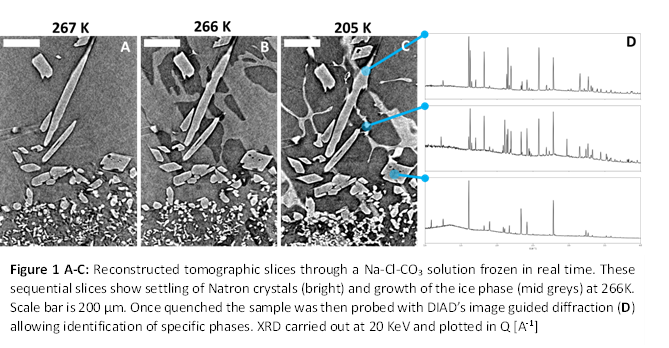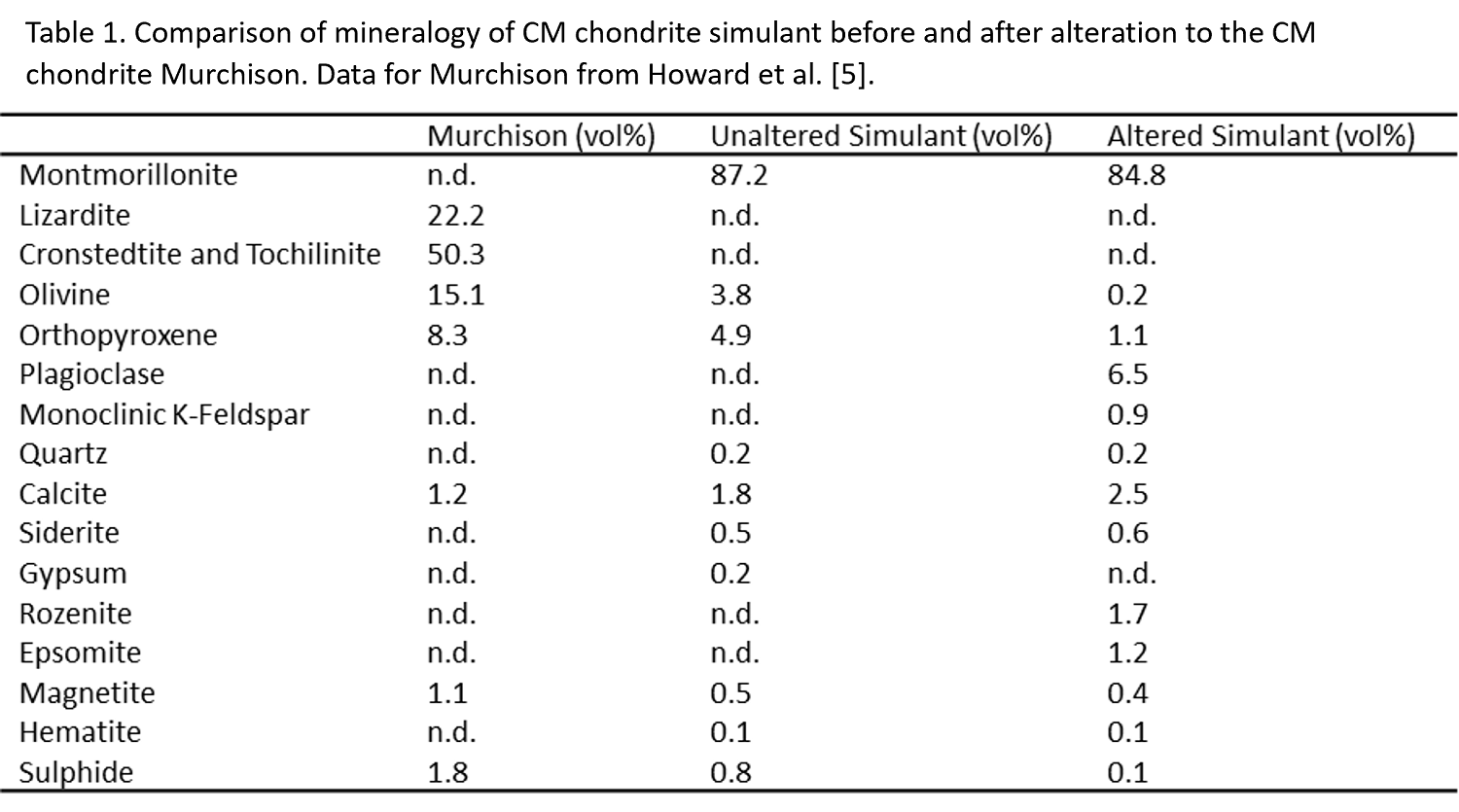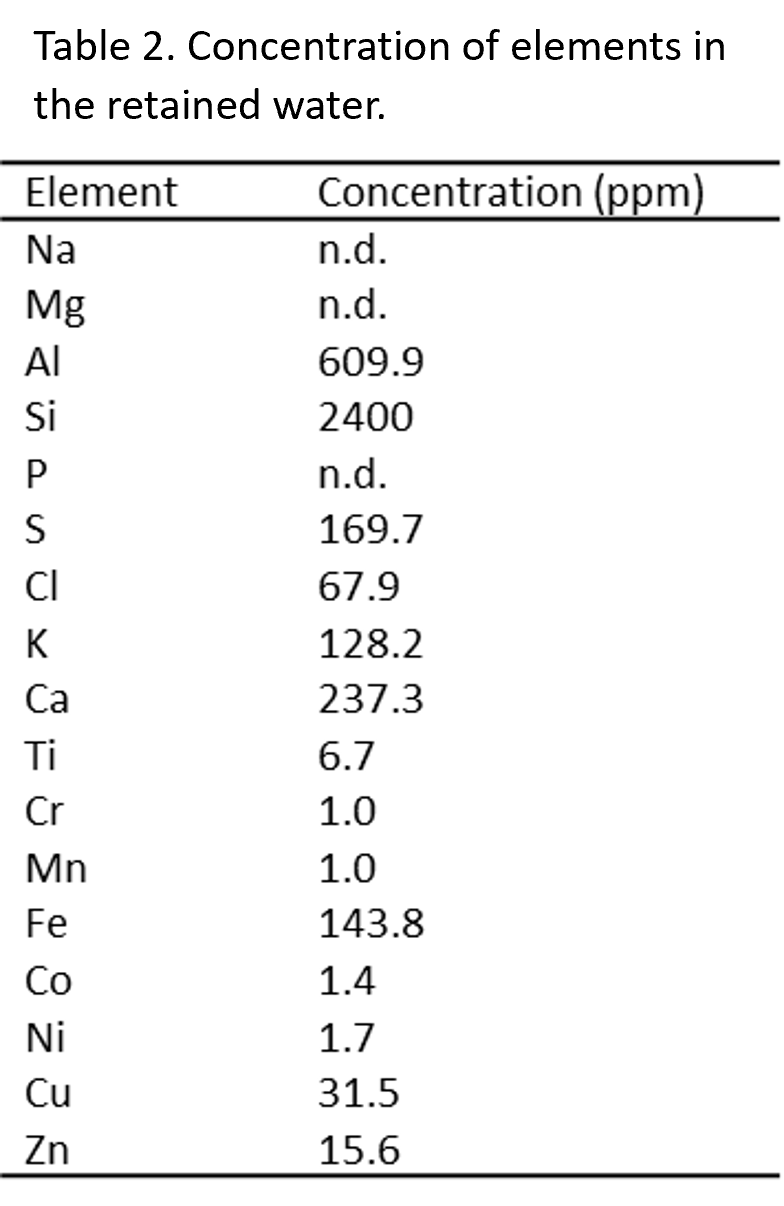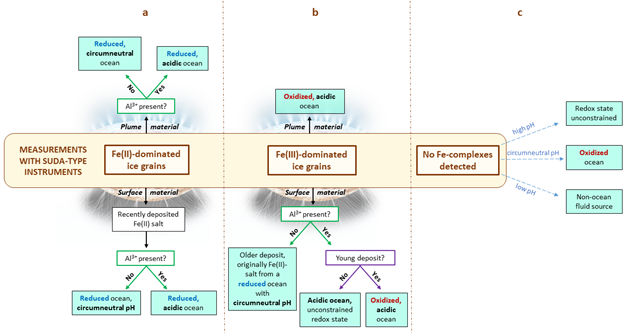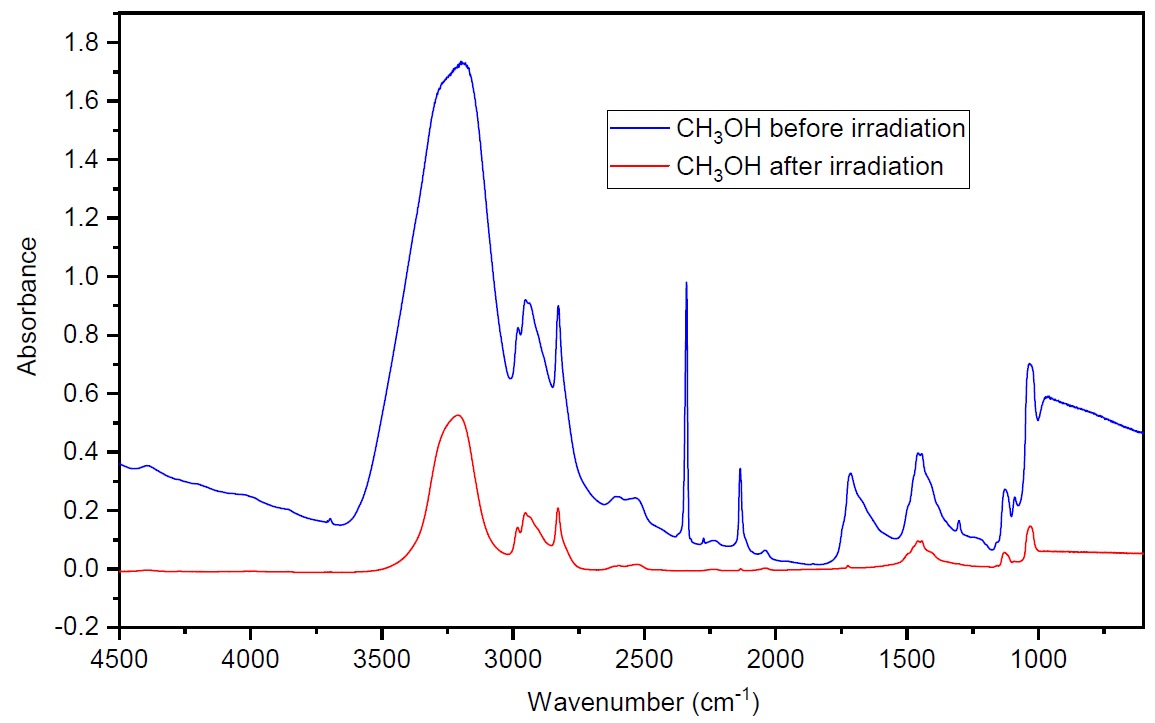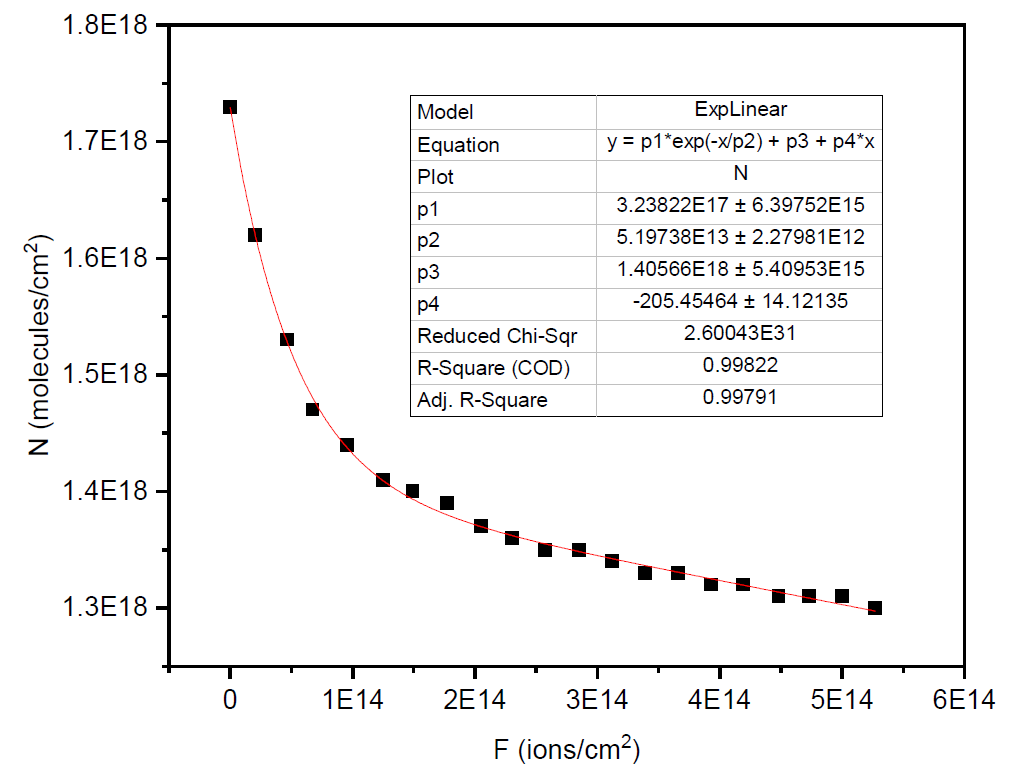SB13
Icy Ocean Worlds, Comets and Asteroids in the Laboratory
Co-organized by OPS/MITM
Convener:
Fabian Klenner
|
Co-conveners:
Baptiste Journaux,
Lucas Fifer,
Rachael Hamp,
Cécile Engrand,
Morgan L. Cable
To fully exploit space mission data and prepare for upcoming missions, laboratory experiments are an essential part of calibrating instruments on board future spacecraft, verifying data returned by missions and informing numerical models of the diverse environments present on these bodies.
Analyzing returned samples from asteroids and comets substantially furthers our understanding of these small bodies in the Solar System. Both carbonaceous asteroids and comets are potentially analogous to the rocky interiors and primordial icy crusts of icy moons.
We seek contributions discussing laboratory experiments or studies with a laboratory component, including the analysis of returned samples, and their applications to icy ocean worlds, comets or asteroids.
Session assets
14:30–14:35
Introduction
14:35–14:45
|
EPSC2024-114
|
On-site presentation
14:45–14:55
|
EPSC2024-1056
|
ECP
|
On-site presentation
14:55–15:05
|
EPSC2024-1119
|
On-site presentation
15:05–15:15
|
EPSC2024-1072
|
ECP
|
On-site presentation
15:15–15:20
Q&A panel
15:20–15:35
|
EPSC2024-601
|
solicited
|
On-site presentation
15:35–15:45
|
EPSC2024-600
|
On-site presentation
15:45–15:55
|
EPSC2024-1090
|
On-site presentation
15:55–16:00
Q&A panel
Coffee break
Chairpersons: Fabian Klenner, Lucas Fifer
16:30–16:40
|
EPSC2024-742
|
ECP
|
On-site presentation
16:40–16:50
|
EPSC2024-451
|
ECP
|
On-site presentation
16:50–17:05
|
EPSC2024-424
|
ECP
|
On-site presentation
17:05–17:10
Q&A panel
17:10–17:25
|
EPSC2024-751
|
ECP
|
On-site presentation
17:25–17:35
|
EPSC2024-919
|
ECP
|
On-site presentation
17:35–17:45
|
EPSC2024-974
|
ECP
|
On-site presentation
17:45–17:50
Q&A panel
17:50–18:00
Discussion
I33
|
EPSC2024-367
|
ECP
|
On-site presentation
I34
|
EPSC2024-835
|
ECP
|
On-site presentation
I35
|
EPSC2024-973
|
ECP
|
On-site presentation
I36
|
EPSC2024-1081
|
On-site presentation
I37
|
EPSC2024-657
|
ECP
|
On-site presentation
I38
|
EPSC2024-1314
|
ECP
|
On-site presentation

